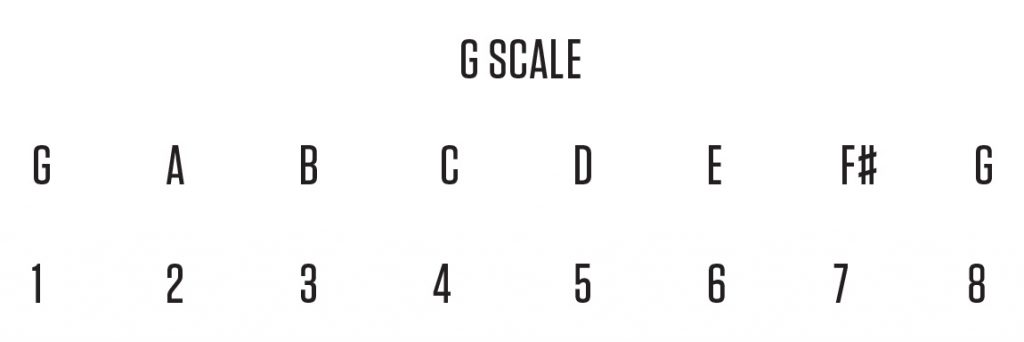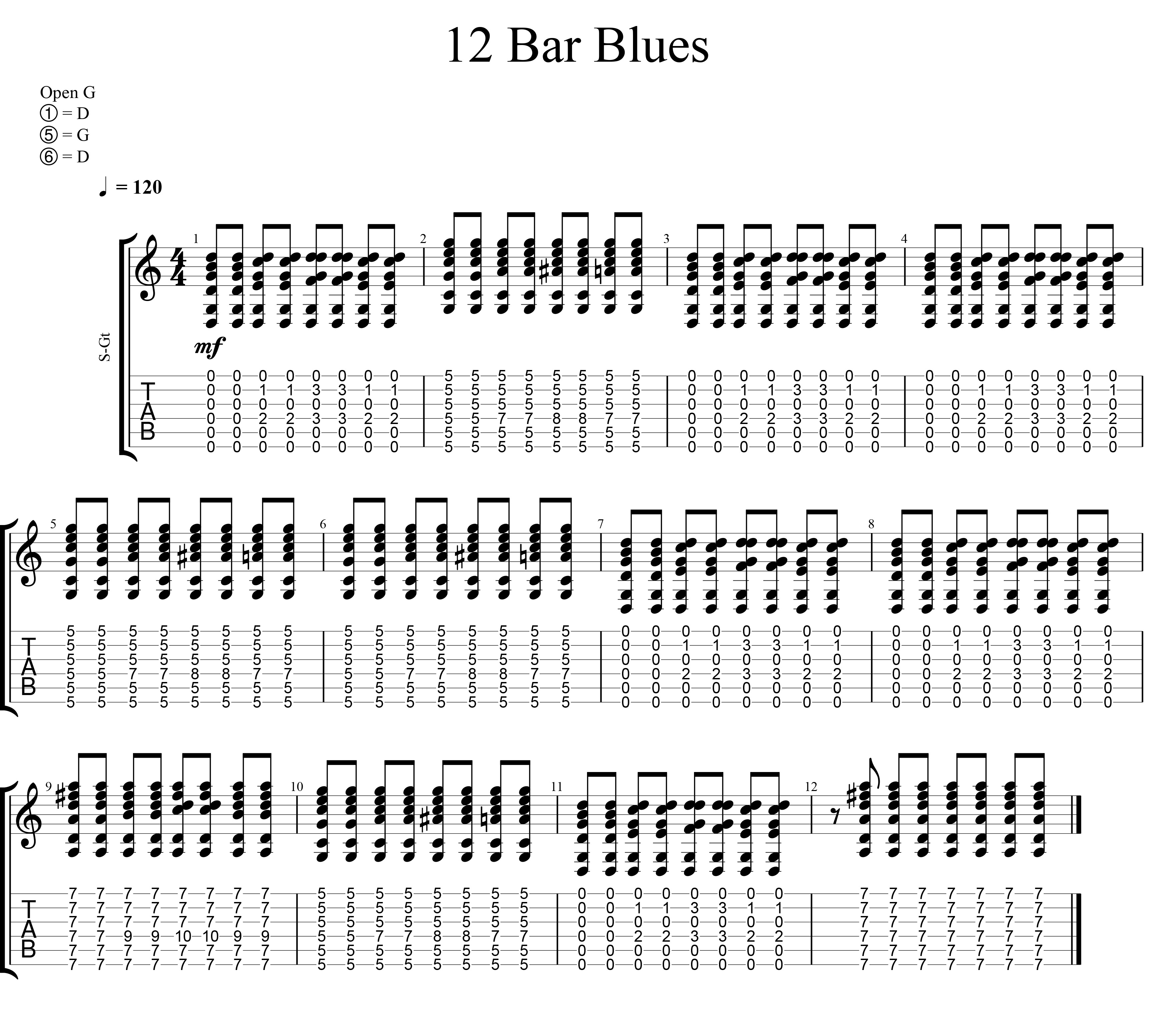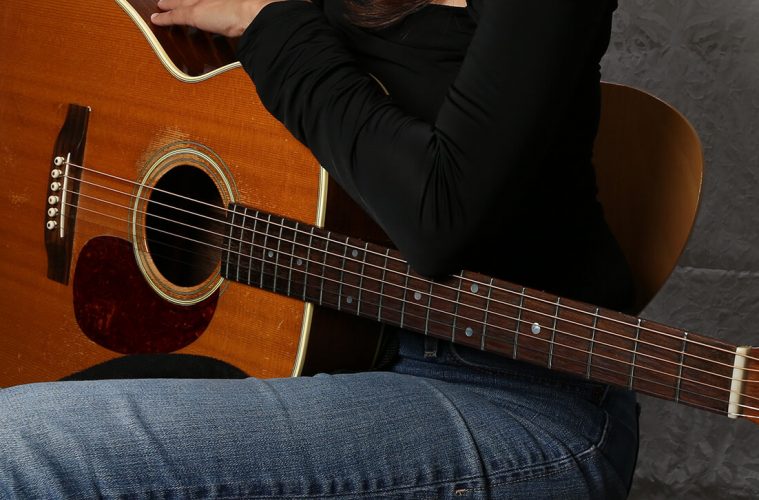I used to wonder how people who played in various open tunings could remember the chords, fingerings, and notes when going from one tuning to another. It seemed impossible to learn several tunings and keep them all straight. The truth is, that four of the open tunings are very closely related. Once you learn one, you’ve actually learned four! To spark your interest, here is a list of songs in open tunings.
The Black Crowes – Hard to Handle, Twice as Hard
Coldplay – High Speed
Robert Johnson – Walkin’ Blues (also covered by Eric Clapton)
Mumford and Sons – Awake My Soul
Led Zeppelin – Black Country Women, In My Time of Dyin, Going to California, Bron-Yr-Aur
Pearl Jam – Daughter
Pink Floyd – Fearless
The Rolling Stones – Can’t You Hear Me Knockin, Brown Sugar, Honky Tonk Woman, Jumping Jack Flash, Start Me Up
Joni Mitchell – Big Yellow Taxi
White Stripes – Seven Nation Army
Alice in Chains – Over Now
George Thorogood – Bad to the Bone, Move it on Over
First, what is an open tuning? An open tuning changes the pitches of the strings so that when you strum all the strings open, it forms a chord. For instance, a G chord is made up of G, B, and D notes. If you play these three pitches in any order or any combination, you have a G chord. Open G tuning is, however, played with the strings tuned down in this order.

Tune the 6th string down so it is an octave (sounds like Somewhere Over The Rainbow) below the open 4th string D.
Tune the 5th string down so it is an octave below the open 3rd string G. Tune the 1st string down so it is an octave above the open 4th string D. When you strum the strings open, you get a G chord which is the tonic (I chord of the key of G).

The next two most common chords when playing in the key of G (for music in general) are the IV and V chords. C, which is the IV chord in the key, is played as a barre on the 5th fret. D, which is the V chord, is a barre at the 7th fret. So, hundreds of open tuning songs can be played open, V and VII fret. This is one of the reasons why slide guitar is often played in open tunings. Your major chords are all a single barre.
Open A tuning uses the same fingerings, except it sounds a whole step higher. Also, instead of tuning down, you tune up. Again, notice how the notes in open A are all just a whole step (two frets) higher than the strings in open G tuning. Technically, someone could play in open G capoed at the second fret and someone could play in open A, and you could finger the exact same chords/notes to play together.

Tune 4th string up so it sounds an octave higher than the 6th string open E. Tune the 3rd string up so it sounds an octave higher than the 5th string open A. Tune the 2nd string to C# which will now be the same pitch as the 3rd string 4th fret. Here is a 12 bar blues tune that can be played in open G or A tuning. Now let’s look at open D and E tuning. These tunings are also a whole step apart from each other. You tune down for open D and up for open E.

Tune the 6th string down to sound an octave lower the 4th string open D. Tune the 3rd string down to an F# note which will be the same as the 4th string 4th fret. Tune the 2nd string down to sound an octave higher than the 5th string open A. Tune the 1st string down to sound an octave higher than the 4th string open D.

Tune the 5th string up to sound an octave lower than the 2nd string open B. Tune the 4th string up to sound an octave higher than the 6th string open E. Tune the 3rd string up to sound like the 4th string 4th fret.
Here’s the best part. Any fingering in open G and A will be one string group away from fingerings in open D and open E. Take a look at the 12 bar blues in D and E tuning. This means that if you learn a song in open G, you can also play it in three other tunings. Of course, there will be times when adjustments and songs don’t always make a smooth transition. Still, knowing the relationship between these four tunings will put you well on your way to open tuning mastery.



